Chris Smith
This week the chemical behind calamine lotion for itchy skin, anti dandruff shampoo for a flaky scalp and underarm deodorant for – well, I think we've probably all stood next to someone whom we wish knew a bit more about the chemistry of zinc. Here's Brian Clegg.
Brian Clegg
There aren't many elements with names that are onomatopoeic. Say 'oxygen' or 'iodine' and there is no clue in the sound of the word to the nature of the element. But zinc is different. Zinc, zinc, zinc, you can almost hear a set of coins falling into an old fashioned bath. It just has to be a hard metal.
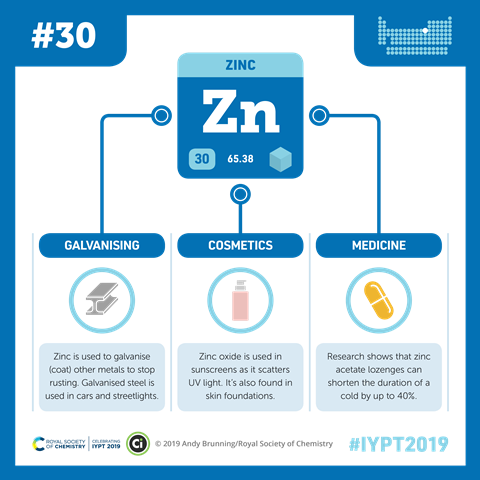
In use, zinc is often hidden away, almost secretive. It stops iron rusting, soothes sunburn, keeps dandruff at bay, combines with copper to make a very familiar gold-coloured alloy and keeps us alive, but we hardly notice it. This blue-grey metal, known commercially as spelter, is anything but flashy and attention-grabbing. Even the origins of that evocative name are uncertain.
The dictionary tells us that the word zinc comes from the German (with a K at the end instead of a C), but how that name came into being is unknown. The earliest reference to zinc was in 1651. The substance was known before – objects with zinc in them date back over 2,500 years, and the Romans used that gold coloured alloy – but zinc wasn't identified as a distinct material in the west until the seventeenth century.
Represented in the periodic table as Zn, zinc is a transition metal, grouped with cadmium and mercury. With the middling atomic number 30, it has five stable isotopes of atomic weight from the dominant zinc 64 to zinc 70, plus an extra 25 radioisotopes.
Because of its hazy origins, it's difficult to pin down one person as the discoverer of the element. Although it seems to have been refined in India as early as the twelfth century, the earliest specific claim to have produced the metal was back in 1668, and a process for extracting zinc from its oxide was patented in the UK in 1738 by metal trader William Champion. But it is usually the German chemist Andreas Marggraf who wins the laurels as 'discoverer' for his 1746 experiment isolating zinc.
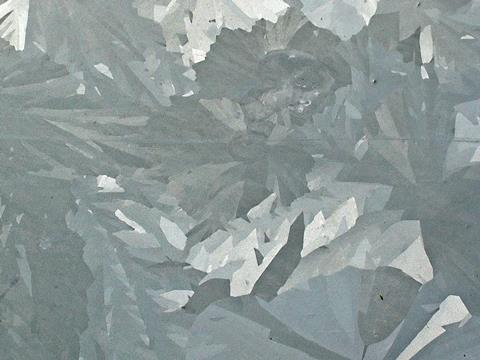
Although zinc's history is more than a little hazy, there's no doubting its usefulness. You've only got to look at a galvanized metal roof or bucket to see zinc at work. Galvanization is named after Luigi Galvani, the man who made frog legs twitch with electric current, but galvanization has nothing to do with electrical showmanship. In fact electricity's role is surprisingly subtle.
The most common form of galvanization is hot dip galvanization, where iron or steel is slid through a bath of liquid zinc at around 460 degrees Celsius, forty degrees above its melting point. The coating prevents the object treated from rusting. Initially the zinc simply stops the air getting to the iron, but later the zinc corrodes in preference to iron in an electro-chemical process, acting as a so-called sacrificial anode. This is where the 'galvanic' part of the name comes in. Some galvanization is more literally electrical - car bodies, for example, are electroplated with zinc to apply a thin, even layer.
Zinc's electrical capabilities also extend to the most popular batteries. A traditional dry cell has an outer zinc casing acting as the anode (confusingly the anode, usually thought of as positive, is the negative end of a battery), while a carbon rod provides the cathode, the positive electrode. In the longer lasting alkaline batteries, the anode is formed from powdered zinc (giving more surface area for reaction), while the cathode is made up of the compound manganese dioxide.

But the most visible example of zinc at work doesn't give any indication of this greyish metal – instead it's in an alloy that mixes the sheen of gold with the common touch. When molten zinc and copper are mixed together, the result is bold as brass. In fact, it is brass. Everything from door fixings to decorative plaques for horse collars have been made in this flexible alloy. Any orchestra would be much poorer without its brass instruments. It's even likely to turn up in the zips on your clothing.
Well-polished brass has a pleasant glow – but our most intimate contact with zinc, or to be precise zinc oxide – often comes when dealing with the unwanted glow of sunburn. When I was young and there was little in the way of sun block, sunburned skin would be lavishly coated in soothing pink calamine lotion. The primary ingredient of this is zinc oxide, which is white – it's small amounts of iron oxide that give it that colour. Even now, though, when we can avoid the need for calamine, zinc oxide plays its part. Called Chinese white when it's used in paints, zinc oxide is a good absorber of ultraviolet light - so sun block often contains a suspension of tiny zinc oxide particles – as does most mineral-based makeup.
And that's just the start for this versatile oxide. You'll find it used in fire retardants and foods – where it fortifies the likes of breakfast cereals – in glass and ceramics, in glues and rubber. That surprise appearance on the breakfast table reflects another important side to zinc. We need it to stay healthy. It's one of the trace elements, nutrients that our bodies need in small quantities to keep functioning. It's often present in vitamin supplements, though most of us get plenty from meat and eggs. The zinc ends up in various proteins, particularly in enzymes involved in the development of the body, digestion and fertility. A shortage of zinc in the diet can lead to delayed healing, skin irritation and loss of the sense of taste, and encourages many chronic illnesses.
With zinc also appearing in anti-dandruff shampoos in the form of zinc pyrithione and in underarm deodorants as zinc chloride, this is an element that even makes us more attractive to the opposite sex. Zinc is a hidden star. We're rarely aware of it, unlike its flashier neighbours in the period table, but zinc is a workhorse element that helps us all.
Chris Smith
Bristol based science writer Brian Clegg with the onomatopoeic element, zinc. Next week, what's lurking in your basement?
Katherine Holt
The first reports of problems associated with radon gas in domestic buildings was in the United States in 1984, when an employee at a nuclear power plant began setting off the radiation detector alarms on his way into work. The problem was eventually traced to his home, where the level of radon gas in the basement was found to be abnormally high.
Chris Smith
But where was it coming from and what was the risk to his health. Katherine Holt will be here with all of the answers and the rest of the radon story on next week's Chemistry in its element, I do hope you can join us. I'm Chris Smith, thank you for listening, and goodbye.
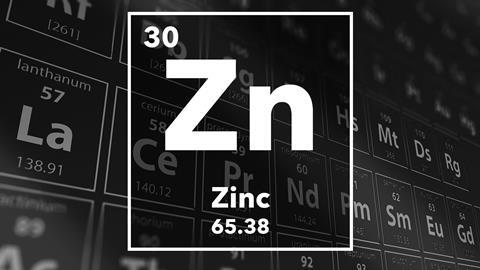
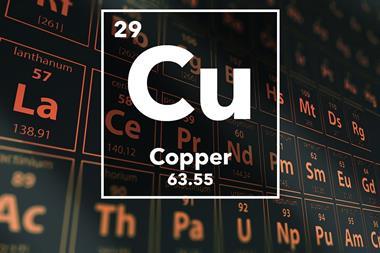
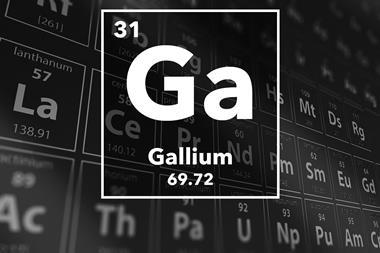










No comments yet